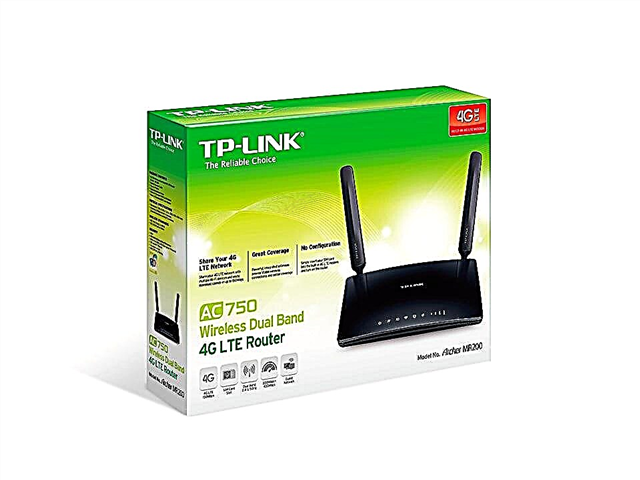Round, oval, square, tapestry, chair, hoop-frames and machine-hoops - choose what is best for you and your embroidery.
Why do you need a hoop?
The hoop is a useful and even necessary tool for embroiderers. Whether you embroider on the canvas with a cross, or on the fabric surface, the use of a hoop will help not to pull together the base material. The hoop ensures accurate work and makes it much easier. The work surface is clearly visible, the embroidery in the mobile hoop is convenient to hold in your hands, and a stationary hoop like a loom can completely free your hands. However, some (often experienced) embroiderers prefer to work without a hoop: each stitch can be done in one motion, rather than two. In fact, this is the only bonus to working without a hoop, and you should always carefully monitor that the fabric is not pulled off with embroidery. In a word, the majority of embroiderers choose to work with the embroidery frame - how to choose the embroidery frame ourselves, we will see below.
Gold sewing: the basics of "precious needlework" for beginners
What are the hoops?
Round, oval, square, tapestry, chair, hoop-frames and hoop-machines - they are made of different materials and different sizes. Consider the main varieties.
1. Round hoops

Photo: catscraft.ru
The most common type. Round hoops may or may not have a mounting mechanism (more reliable and convenient - the first option). Dimensions vary in diameter (up to 30–35 cm) and rim thickness (7–25 mm). The diameter should be chosen according to the size of your embroidery, the thickness of the rim - according to how convenient it is for you to hold the hoop in your hand. The embroidery frame is made of plastic, metal and wood - experienced embroiderers agree that the wooden embroidery is the most convenient and durable, and the well-crafted embroidery frame made of wood is the most careful "relate" to the fabric.
2. Oval and square hoops

Photo: mirmotka.ru

Photo: stitchedmodern.com
Such hoops are arranged on the principle of round, the difference is that they have either an oval shape or a square with rounded corners. You can choose these hoops if they match the shape of your embroidery. It is also more convenient for some embroiderers to use the square hoop - this is clarified during the work and for each individually.
3. Hoop machines

Photo: mote777.blogspot.com
This is a much more complex and more space-intensive option than the previous ones. However, they have a lot of advantages. Such hoops, as a rule, are located on the table (there are also very large ones that are placed on the floor) and completely free the embroideresser's hands for work. They can be used to perform large jobs. They allow you to reduce the skew when embroidering petite stitches and half cross. They allow the use of fabrics of different lengths and slightly deform the canvas. Often such hoops have several options for attaching fabrics to them, it is convenient.You can find square or round hoops.
4. Tapestry frames

Photo: ua.all.biz
The tapestry frame is a wooden rectangle to which the canvas is attached only from above and below. You can attach the canvas to the frame either to the fabric (if it covers the upper and lower parts of the frame) or with special plastic clips. As you embroider, the canvas scrolls with the top or bottom of the frame, which scrolls in either direction.
5. Chair / sofa hoops

Photo: nwline.spb.ru
If you like to embroider not at a table, but in an armchair or on a sofa, consider this option. The chair hoops are a regular embroidery frame attached to the holder on the leg and stand. This design can be placed next to yourself, for example, on a chair and embroidered by pressing the stand with your foot.
6. Frame hoop

Photo: cloudcraft.co.uk
This is a "symbiosis" of simple round, oval or rectangular hoops and frames for finished embroidery. These hoops have an eyelet, for which you can hang embroidery on the wall right in the hoop, when you finish the work.
7. Clamps for attaching hoops on the table

Photo: etsy.com
Mobile and cumbersome replacement for the machine, freeing up the embroiderer's hands and not taking up much space. Using the clamp, the hoop can be fixed at a height convenient for you and rotated around its axis.
How to make a hoop organizer
A loom or a hoop - the embroiderer’s reasoning
What to look for when buying and using a hoop?

Photo: tamarny.com
- The hoop, no matter what material they are made of, should be perfectly polished, not have any bumps (this can damage the fabric).
- If you choose a hoop with a mounting mechanism, check its operation when buying.The screw should not turn too tight, but also not turn (the thread must be kept).
- Prefer unpainted hoops - so you are guaranteed not to stain working fabric.
- To make the wooden hoop better hold the canvas, you can wrap them with silk ribbon.
- If you take a break in the embroidery, remove it from the hoop - it is less likely that creases will remain on the fabric.
- Do not expose the hoop made of wood to moisture, temperature extremes, and do not leave it in direct sunlight for a long time.



